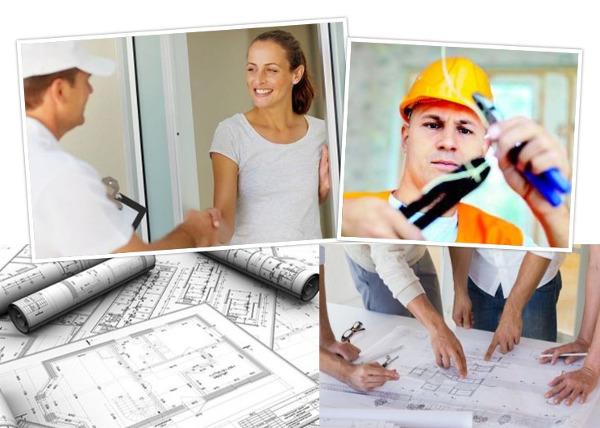Working with a Custom Installer: Fundamentals Never Change

Month after month, nearly every issue features some new club or ball that can add 5 or 10 yards to your drive, an iron, wedge, or putter to shave strokes off your round, and any other number of tips guaranteed to improve your game and lower your score. If this were cumulatively true, by now every golfer would be shooting negative scores and hitting the ball 500 yards or more.
But the fact remains that even with all the modern tech at their disposal, the majority of golfers still struggle to break 100. Especially when “playing it down” by the rules. All of them.
Sure, there’s no question that technology has helped the average golfer to hit the ball farther, play better, and enjoy the game more. And no one would want to abandon their modern jumbo-headed, composite driver and high-tech balls for a wooden-shafted mashie niblick and feathery of the Jones era. But to get truly good at golf, the fundamentals haven’t changed. One must do the same things today as one did a hundred years ago, and that’s put in the work and practice.
As I write this, tomorrow will be my 20-year anniversary working as a custom installer, and this is my 15th year writing this column.
During that time, the technology has certainly improved and become drastically more affordable. I recall the first “flat” panel display I sold, a 42-inch Fujitsu about 6 inches thick that rocked 480p resolution and 70:1 contrast ratio and sold for just under $12,000. Today, a set with those specs would be a giveaway when you opened a checking account!
In a reminiscent mood, I looked back at my very first Sound & Vision column, “5.1 Things You Should Know Before Going with a Custom Installer,” and it struck me just how little has changed.
In a reminiscent mood, I looked back at my very first Sound & Vision column, “5.1 Things You Should Know Before Going with a Custom Installer,” and it struck me just how little has changed in this industry over the years. Here’s a quick recap of those 5.1 things from my first column, still as true today as they were then.
1. Custom Doesn’t Have to Mean Expensive
While some people are installing fantastic entertainment systems costing hundreds of thousands of dollars, the vast majority are not. These days, you can get a “designed especially for you” system for considerably less, especially since flat panel pricing has plummeted so drastically. Wholehouse audio is also far more affordable with new wireless technologies like Sonos, PlayFi, Bluesound, and HEOS.
2. Come Prepared
If you’re building or remodeling, get an installer involved as early as possible, but definitely before the sheetrock is installed. When you meet with the installer, bring your blueprints, electrical plan, and any relevant cabinetry schematics. Also have a rough idea what you’d like the system to be capable of as well as an overall project budget.
3. Know Your Limitations
Have a realistic expectation of the system you can afford for your budget. You also need to factor in additional costs like labor, cabling, mounts, and a control system. By telling the installer your wants — audio in four rooms, robust Wi-Fi network, surround sound with a 55-inch TV, etc. — along with your budget, they will be able to design the best-performing system to meet your goals.
4. Be Open-Minded
The installer will likely offer some ideas you hadn’t considered. Partly because they’re aware of possibilities you aren’t and also because they continually interact with people both designing and living with technology. Take their input as more than just another sales pitch.
5. Search Your Feelings
Choosing a custom installer is about building a relationship, often a very long-term one. I have many clients I’ve worked with for well over 10 years. So definitely make sure you’re comfortable with the installer you select. Things like how long they’ve been in business, references from past clients, and how quickly they respond to phone calls or e-mails can be a harbinger of things to come. If you don’t feel you trust them completely, maybe this installer isn’t right for you.
“.1” What the Custom Installer Offers You
A custom installer can deliver a well-designed, -installed, and -integrated system that’s easy to use and enjoy. Gone are the pile of remote controls and the rat’s nest of wiring, and you’ll never have to wonder
if your system is set up correctly and operating like it should. Further, should you run into any issues, you’ll have someone to reach out to for a quick fix.
- Log in or register to post comments




































































